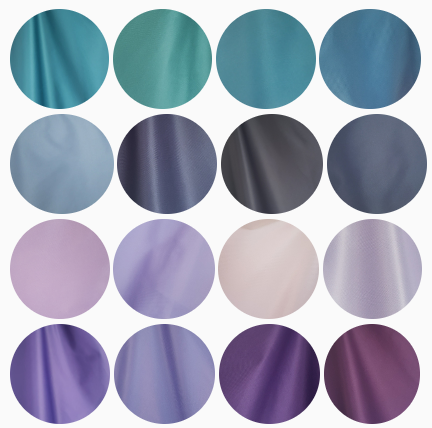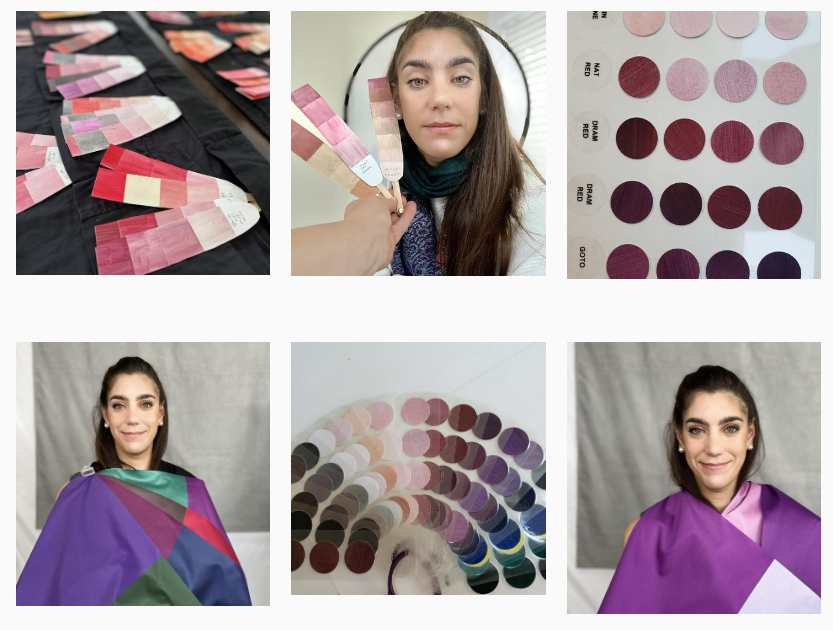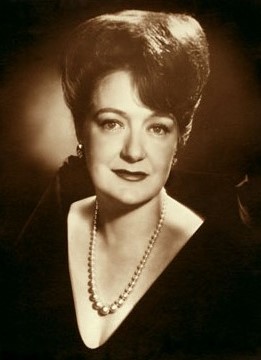A Working Wardrobe starts with Color

We've all been there, pondering over our wardrobe, seeing the incredible volume and wondering why . . . there's nothing really nice or special to wear. Usually for an upcoming occasion that demands 'casual-but-not-yoga-pants' or 'business casual'. Perhaps a dinner in a restaurant (but not macDo) or a family reunion.
I'm not talking about a wedding, because that's easy - we go shop for that special dress.
I'm talking about casual or slightly sophisticated, but not your usual-wear that you can't (not good enough) or won't (bored) wear this time. WHY IS THAT?
What to expect from a Color Analysis

If you think draping, you're right, but there is much more involved. So let's start at the beginning. At the very beginning. Most clients say they really like the drive through the beautiful countryside to the studio located just East of Pittsburgh, between Monroeville and Apollo.

What's your version of red?

Red comes in many varieties and some of those might make you look radiant, healthy and vibrant, whereas others won't do anything for you or could even make you look tired, blotchy, unwell, or older than you really are.
This has to do with the combination of your own colors (hair, eyes, skin tone and skin undertone) with the particular type of red that you are wearing. This is especially so if you are wearing the color close to your face.
Overall, the chroma (vividness or brightness), the temperature (warm -leaning orange-yellow or cool -leaning purple-blue) and resonance (tinted, shaded, toned, washed, blended) have to match with or complement your particular red as it shows up in your skin tone or hair (no matter how subtle --- some of us show very little red on the surface).
Let's dive in and look at some reds
Suzanne Caygill, godmother of Color Analysis in the US

Suzanne Caygill(1911 - 1994) is widely recognized as the founder of color analysis in the United States. Suzanne had a profound empirical and theoretical knowledge of color theory which she taught in seminars and later in her "Academy of Colors".
Long before the era of "Color me beautiful" in the eighties that popularized 'getting-your-colors-done', Suzanne Caygill had developed the "Caygill Method of Color Analysis" and from the forties throughout the eighties she designed personalized color palettes for her thousands of clients all over the country.